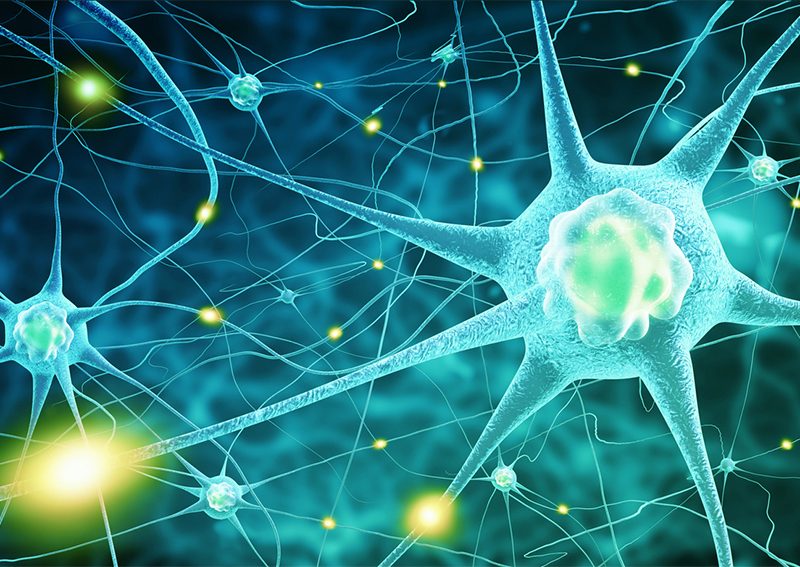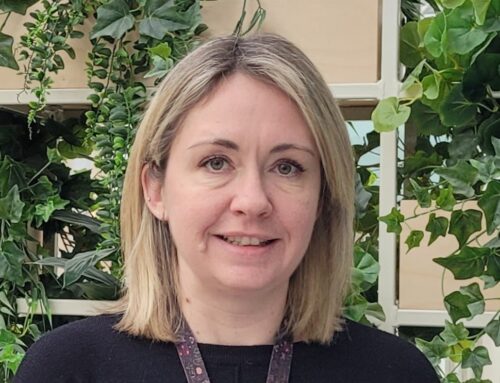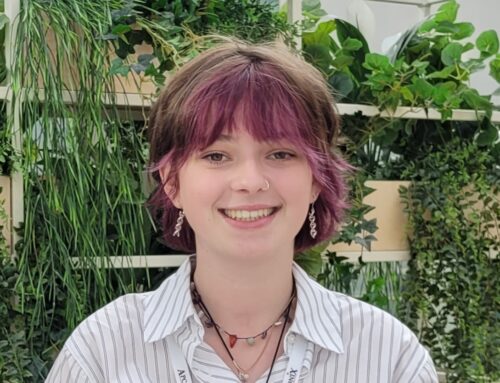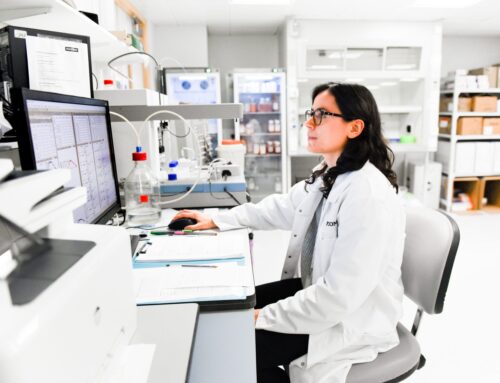My Brush with Greatness

It is wonderful to see the original publication of patch-clamp methodology included in Nature’s 10 extraordinary papers (published 22 October 2019). The ground-breaking work of Neher and Sakmann sits alongside the discovery of the structure of DNA, cell reprogramming and birth of nanomaterials.
At this time, Neher and Sakmann had recruited a Post Doc called Fred Sigworth. Sigworth’s name appears on many seminal publications, and Sigworth & Neher (1980) is the first single-channel patch-clamp recordings of a sodium channel (also a Nature paper). Thirty years later, I had the great privilege of patch-clamping in Sigworth’s lab at Yale University. To say he had a brilliant mind is an understatement! Fred was a very humble man, and he never understood why I was so excited to work in his lab!!
The Nature article also comes at a time of renewed interest in ion channels as therapeutic drug targets. A number of recent conferences and meetings have presented a diverse array of ion channel modulators proposed for an equally diverse array of disease. It’s great to see the K2P family of twin-pore domain potassium channels finding their feet, exemplified by Alistair Mathie’s work (presented at ELRIG DD2019). I learned to patch-clamp studying these channels (specifically, TASK). I remember my lab colleague commenting, “they don’t really do much do they?”. How wrong he was!!
I’ve also spent many years working on the epithelial sodium channel, ENaC. From meeting Cecilia Canessa during my time at Yale (Cecilia was the first to clone and characterise ENaC, published in Nature), high-throughput automated ephys screening of ENaC with AstraZeneca (only to be pipped to the post by Del Trezise in publishing the IonWorks assay), to examining a PhD viva discovering new delta-ENaC ligands. I’m delighted to see Enterprise Therapeutics progressing ENaC as a target for respiratory disease. Very best of luck to Martin Gosling and his team at Enterprise!
The ion channel field is a great one to be in. Nobel prize-winning science (let’s not forget Roderick MacKinnon’s award in 2003) and a great community. All the best for the new decade to my friends and fellow electrophysiologists.





